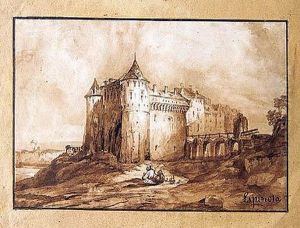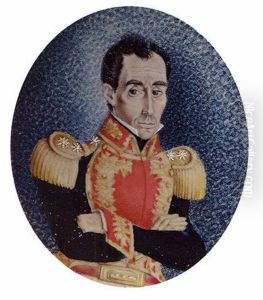Jose Maria Espinosa Paintings
José María Espinosa Prieto was a Colombian artist, soldier, and lithographer born on October 28, 1796, in Santafé de Bogotá, which is now known as Bogotá, the capital of Colombia. He played a significant role in the early artistic and political development of the newly independent nation of Colombia, which was then part of the larger region known as Gran Colombia.
Espinosa's life was marked by the tumultuous period of the Latin American wars of independence. He joined the revolutionary army as a young man and participated in the Battle of Boyacá in 1819, a decisive encounter that led to the independence of the New Granada. His experiences as a soldier had a profound influence on his artwork, which often depicted military scenes and key figures of the independence movement.
Despite his military involvement, Espinosa is best known for his contributions to Colombian art. He is considered one of the country's first significant painters and is particularly renowned for his portraits and miniatures. Espinosa was largely self-taught, drawing inspiration from European styles while developing his distinctive approach. His works are characterized by their detailed observation and a certain naive yet direct quality that adds charm to his depictions of both people and scenes of everyday life.
Moreover, Espinosa was an innovator in the field of lithography, introducing the technique to Colombia in the 1850s. He established the first lithographic workshop in the country, which became an essential center for the production of illustrated publications, maps, and educational materials. This contribution was critical to the dissemination of visual culture and the development of printing in Colombia.
Throughout his career, Espinosa held several public offices, including inspector of the National Museum of Colombia, where he also served as director. His artwork and legacy are preserved in various institutions, including the aforementioned museum.
José María Espinosa Prieto passed away on July 23, 1883, in Bogotá. He left behind a body of work that continues to be celebrated for its historical significance and its role in shaping Colombian national identity. His portraits, in particular, remain an invaluable record of the individuals who played significant roles during the formative years of Colombia's history.

